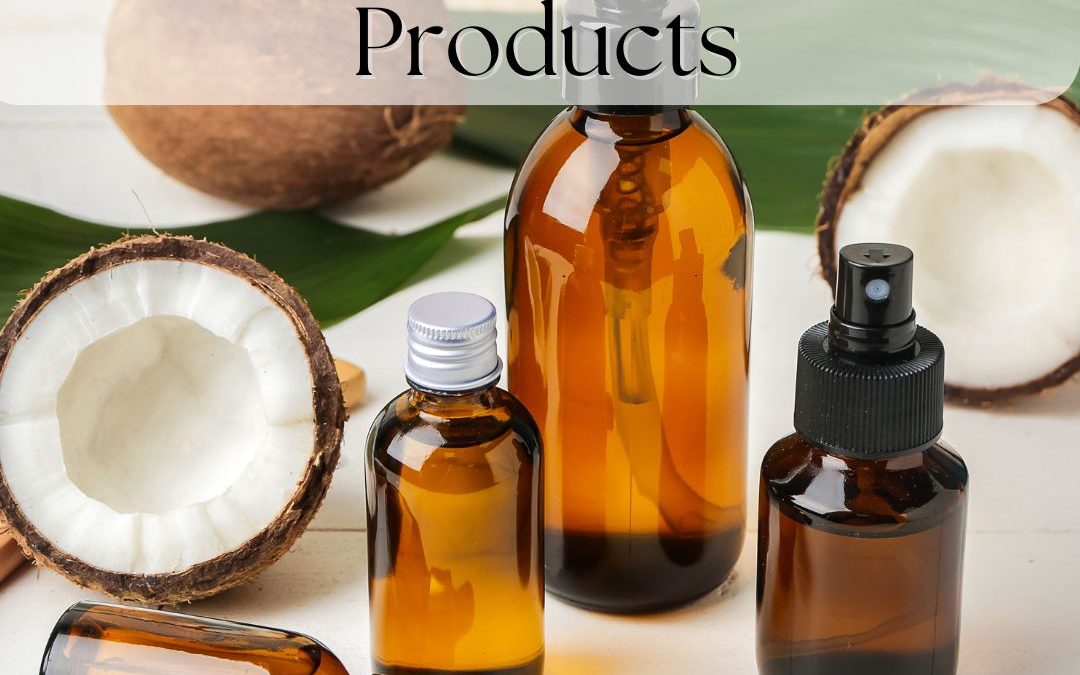This post may contain affiliate links, to learn more about them, check out our Disclosure.
If you’re running a small business selling homemade skin care products, understanding how to label your products is crucial for both compliance and consumer trust. Proper labeling not only ensures that you adhere to U.S. regulations but also enhances your brand’s credibility and appeal. Here’s a comprehensive guide on how to label your homemade skin care products for sale while meeting U.S. labeling guidelines.
Why Proper Labeling Matters
The U.S. Food and Drug Administration (FDA) regulates the labeling of cosmetics, including homemade skin care products, under the Federal Food, Drug, and Cosmetic Act (FD&C Act) and the Fair Packaging and Labeling Act (FPLA). Non-compliance can result in legal issues, fines, or even product recalls.
Proper labeling also helps customers understand your product’s use, ingredients, and benefits, building trust and promoting repeat sales.
Essential Components of a Skin Care Product Label
- Product Identity
Clearly state what the product is, such as “Moisturizing Face Cream” or “Lavender Hand Balm.” The product name should be prominently displayed on the front of the label, also known as the principal display panel (PDP). - Net Quantity of Contents
The net weight or volume of the product must be listed in both U.S. customary units (e.g., ounces) and the metric system (e.g., grams or milliliters). Place this information on the lower 30% of the PDP. - Ingredients List
- List all ingredients in descending order of predominance by weight.
- Use the common or botanical names for ingredients. For example, use “shea butter” instead of its scientific name, Butyrospermum parkii.
- If your product contains color additives, they must be FDA-approved and included in the list.
- Business Name and Address
Include your business name and a way for consumers to contact you, such as a physical address. If you don’t want to use your full address, the FDA allows the use of a website address or phone number as long as your business is registered and the address is accessible upon request. - Warnings and Precautions
If your product has potential allergens or usage precautions, include a warning label. For example, if your lotion contains essential oils, state: “For external use only. Perform a patch test before use.” - Product Usage Instructions
Provide clear instructions for use, such as “Apply a small amount to clean, dry skin as needed.” This ensures customers use your product correctly and safely. - Claims and Marketing Language
Be cautious with your claims. Avoid using terms like “heals,” “cures,” or “treats,” as these classify your product as a drug, which requires additional FDA approval. Instead, use terms like “moisturizes,” “soothes,” or “rejuvenates.”
Label Design Tips for Small Businesses
- Use Professional Printing Services: A clear, legible label enhances your brand’s professionalism.
- Include Your Logo: This helps with brand recognition.
- Choose Waterproof Labels: Skin care products often come into contact with water, so ensure your labels remain intact.
Common Mistakes to Avoid
- Inaccurate Ingredient Listing: Failing to list all ingredients or using vague names can lead to compliance issues.
- Making Unsupported Claims: Statements like “anti-aging” or “removes wrinkles” may require scientific evidence and FDA approval.
- Missing Net Quantity: Always include the weight or volume in both metric and U.S. units.
Additional Resources for Compliance
- FDA’s Guide to Cosmetic Labeling
- International Nomenclature of Cosmetic Ingredients (INCI)
- Fair Packaging and Labeling Act (FPLA)
Learning how to label your homemade skin care products for sale is an essential step for small business owners looking to grow their brand while staying compliant. A well-labeled product not only meets legal requirements but also attracts customers and builds trust.
By following these U.S. labeling guidelines, you can confidently showcase your skin care products to the world and set your business up for long-term success.



